Take a Tour
where we are located
We are located in the basement of Curtis Laws Wilson Library across from the Advising Center in G4!
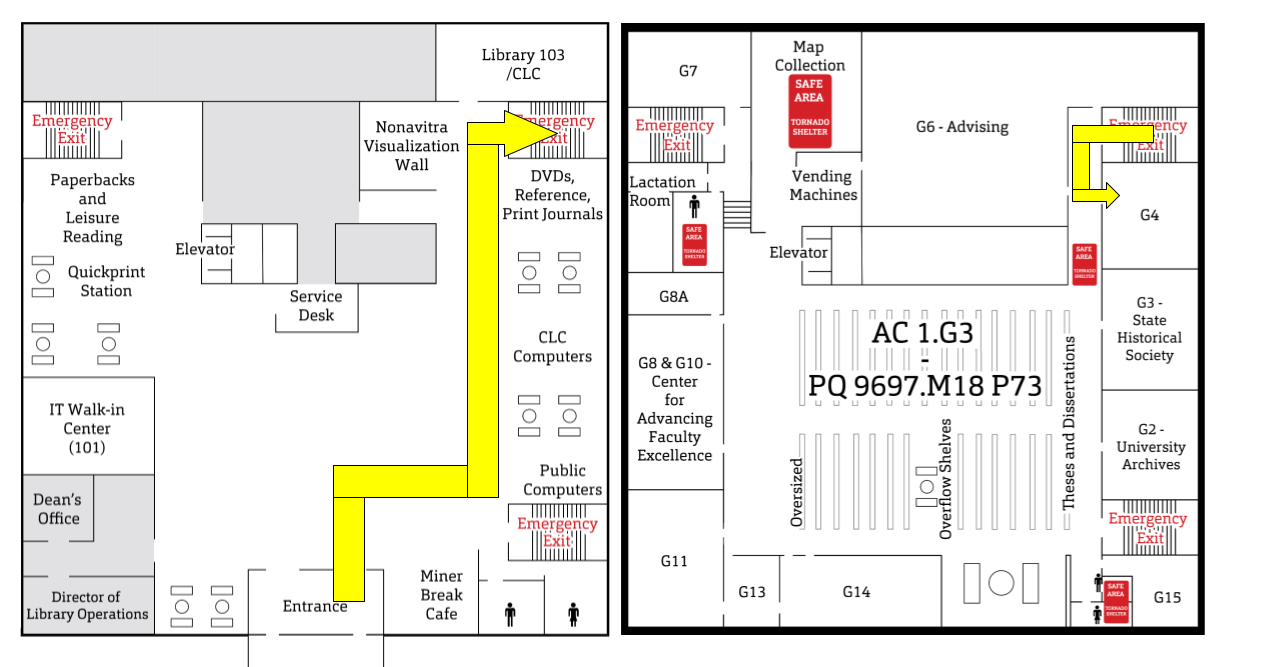
Lite Lab Equipment
The LITE lab’s equipment aids researchers in conducting usability testing and exploring the increasing role of technology in society.
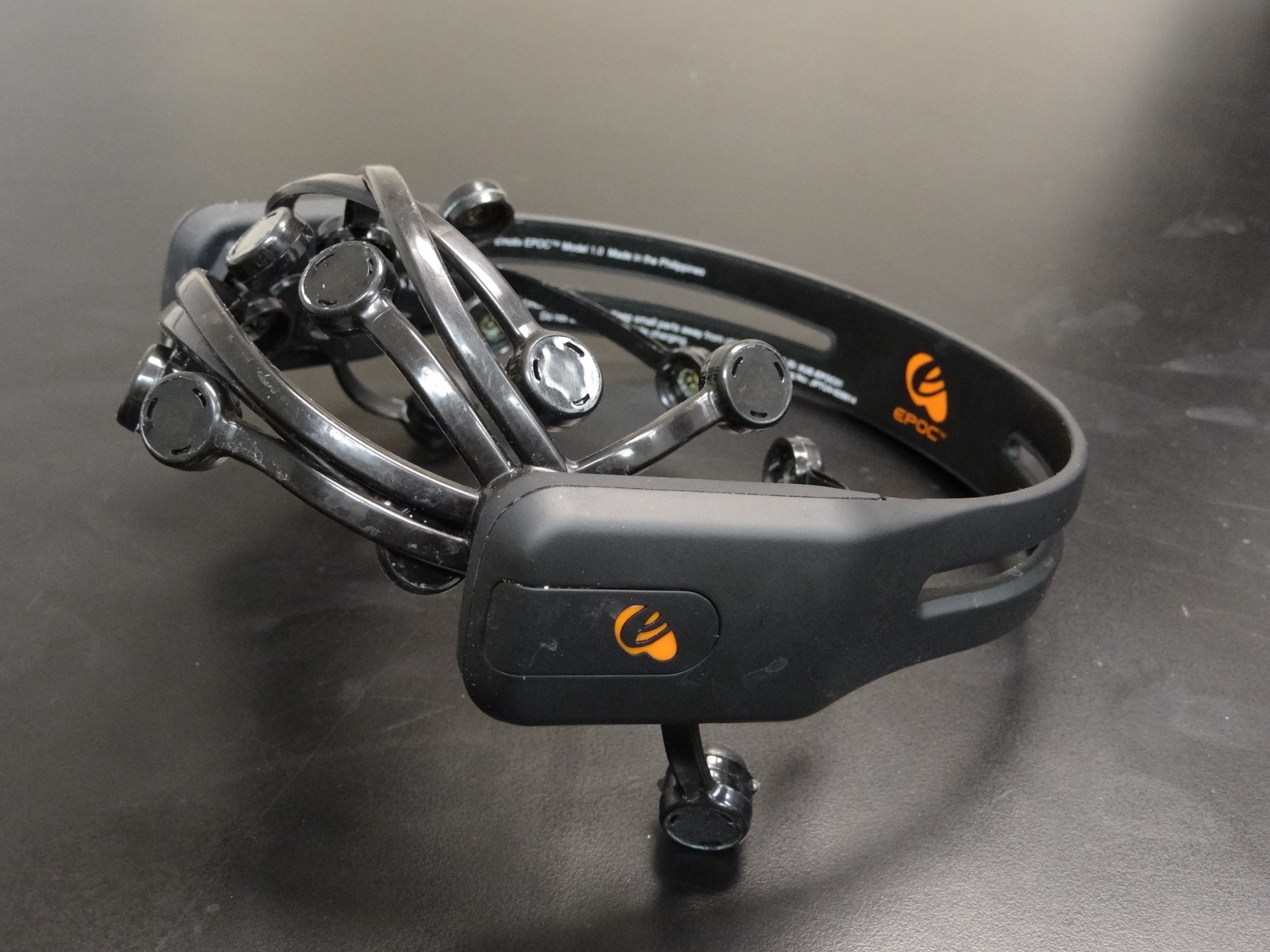
EEG Headsets
EEG headsets detect facial expressions and activity in specific areas of the user’s brain. This information can be used to establish the cognitive states of the user--for instance, attention, excitement, meditation, or boredom--as they interact with computer-based systems.
The LITE lab has two types EEG headsets: the Emotiv and Brain Vision. Both consist of a lightweight headset worn by the user, as well as software that captures a rich stream of data from the headset.
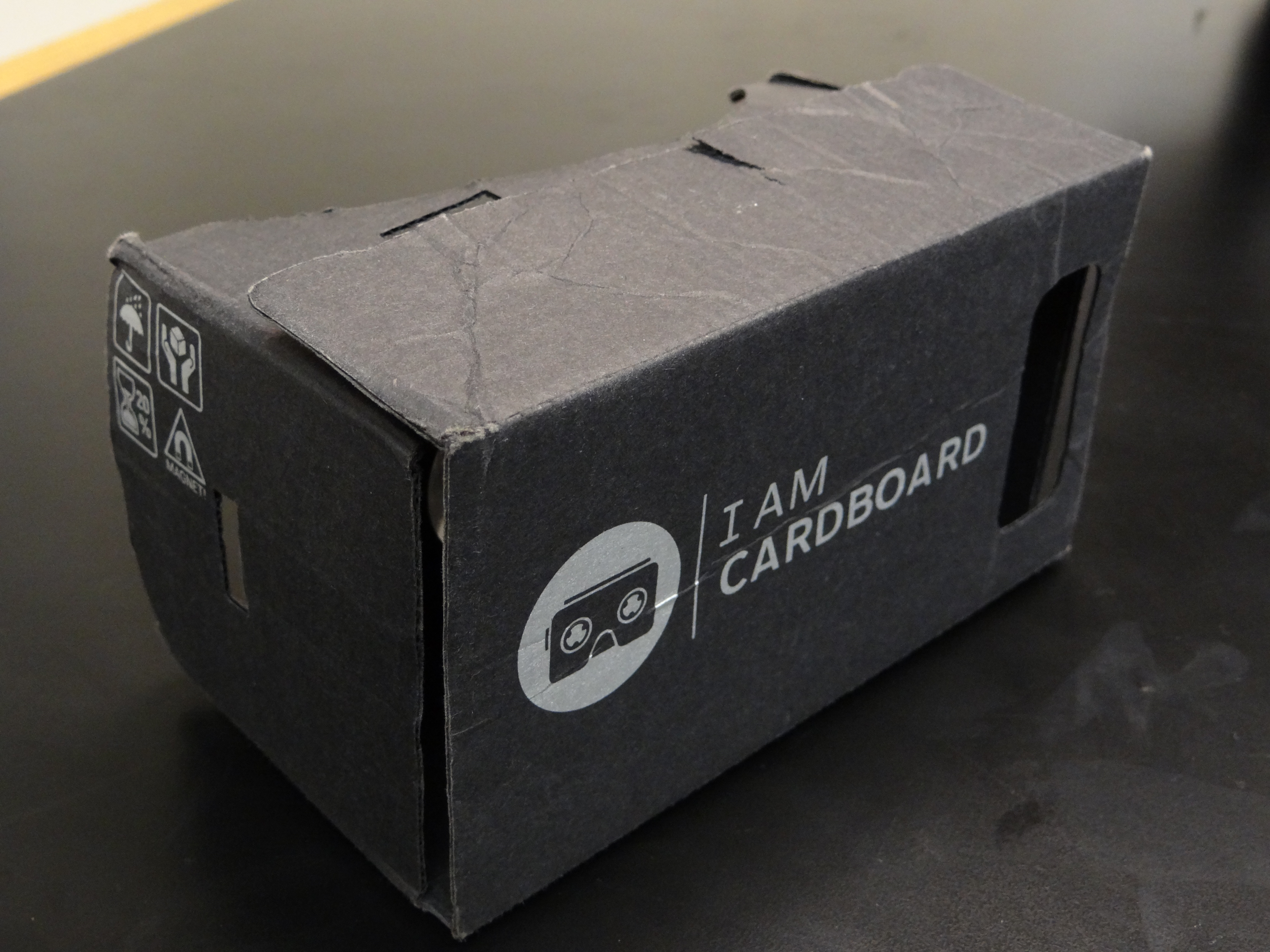
Google Cardboard
An inexpensive alternative to high-end headsets like the Oculus Rift, Google Cardboard provides a cardboard headset that a smartphone can be fitted into, providing an immersive virtual reality experience. A Google Cardboard-compatible SDK is available to develop virtual reality experiences, and Google Play has many apps available.
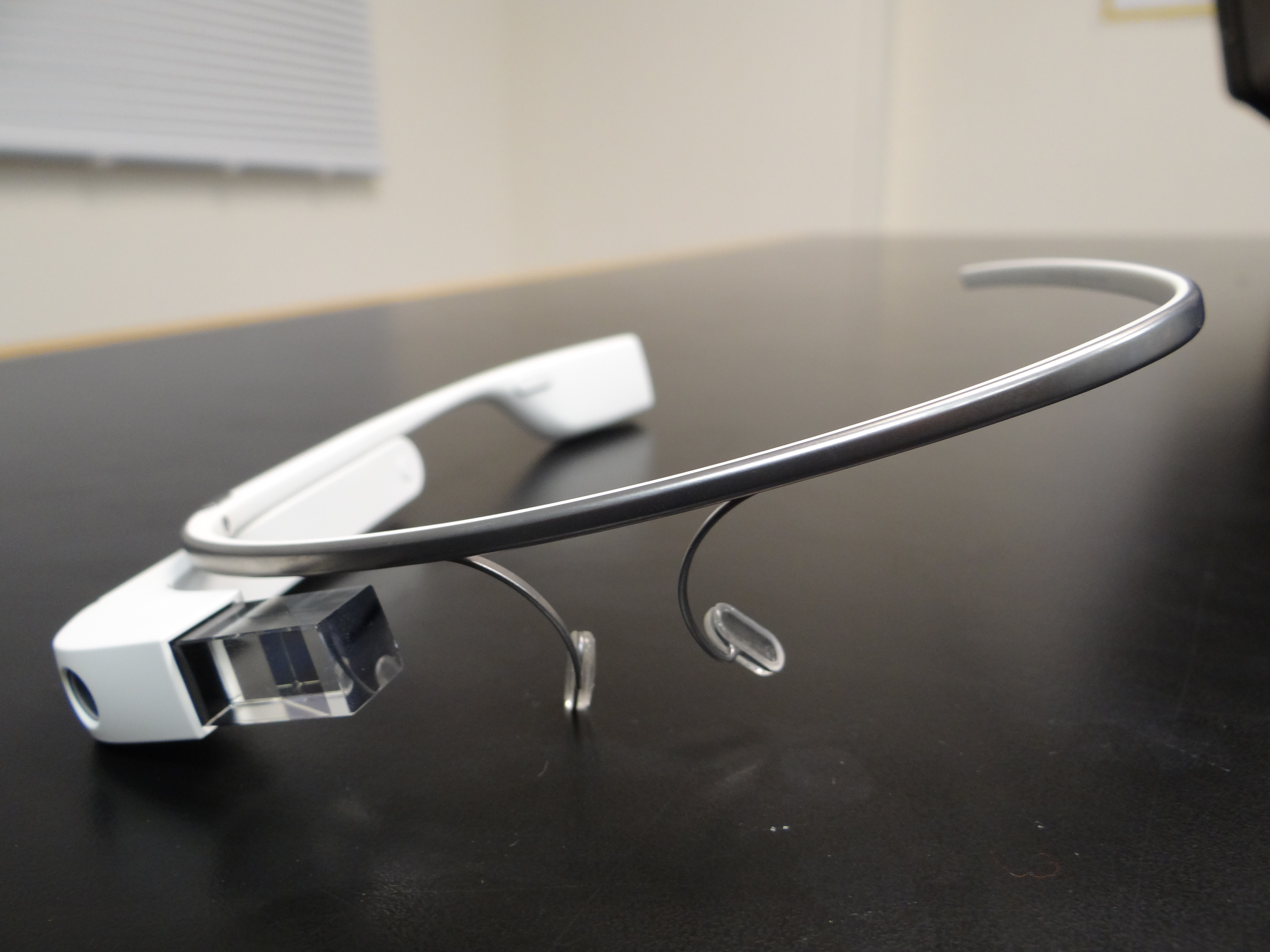
Google Glass
Google Glass is an example of augmented reality, the layering of virtual information over “real world” perception, to enhance human experience. Google Glass consists of eyeglasses with a camera that can project onto the glasses’ lens and capture what the user is experiencing. Lightweight and unobtrusive, Google Glass is also an excellent example of wearable technology.
As with the Oculus Rift, the LITE lab was an early adopter of Google Glass for social and technology research.
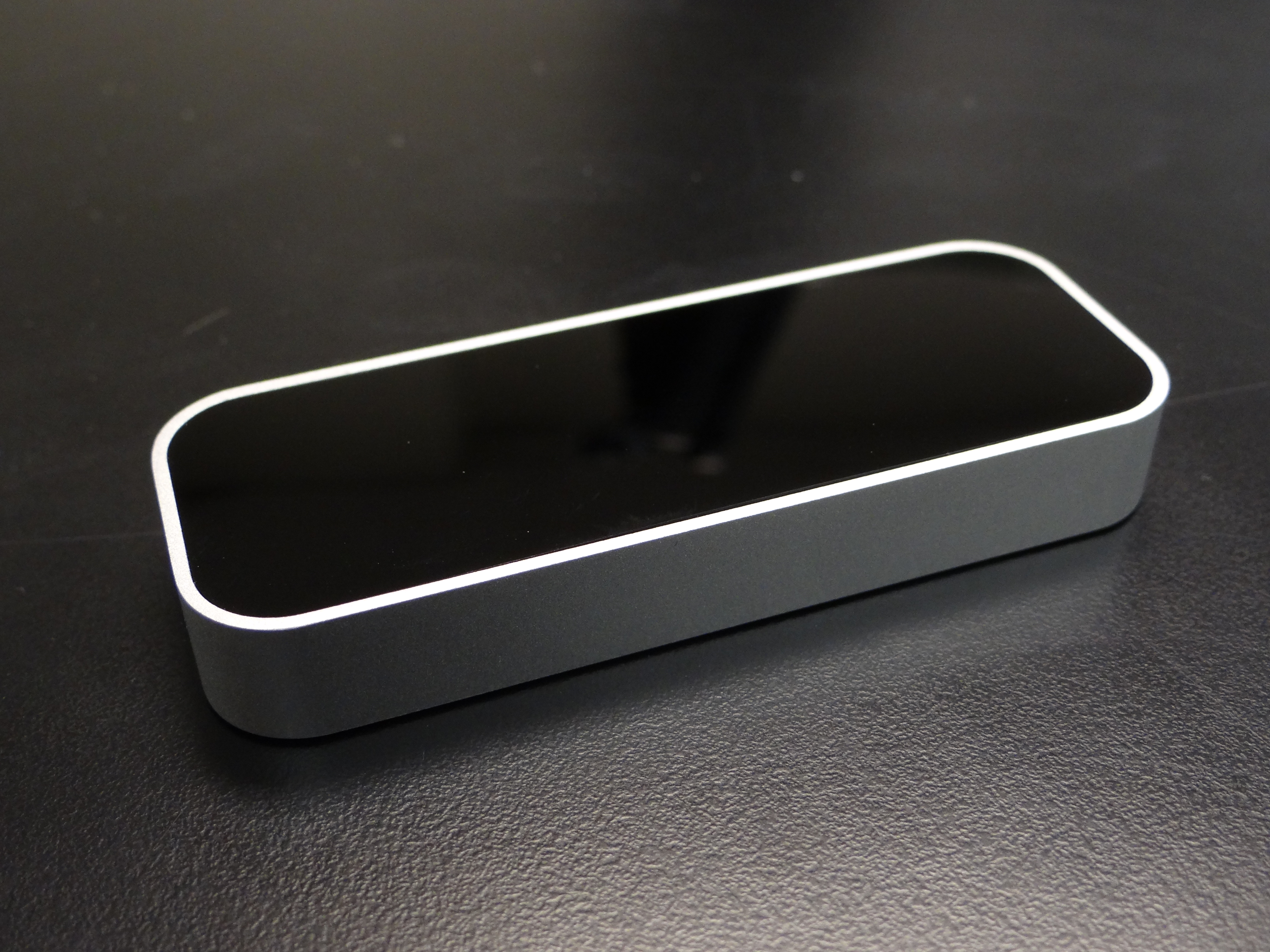
Leap Motion Tracker
This tracker senses hand movements and translates them into commands. In a virtual world, users can “see” their hands and control virtual objects, greatly increasing the sense of immersion.

Microsoft Kinect Facial Analysis
Introduced for the XBox, MIcrosoft’s Kinect is a flexible tool for many types of research into human computer interaction. Researchers at the LITE lab have used it in the emerging field of facial analysis. Applications of this new science include capturing 3D facial data to enable computers recognizing human emotional states as well as surveillance systems recognizing individual people.
The Kinect facial analysis system includes an XBox, the Kinect, and an API for developing applications that capture and interpret the data.
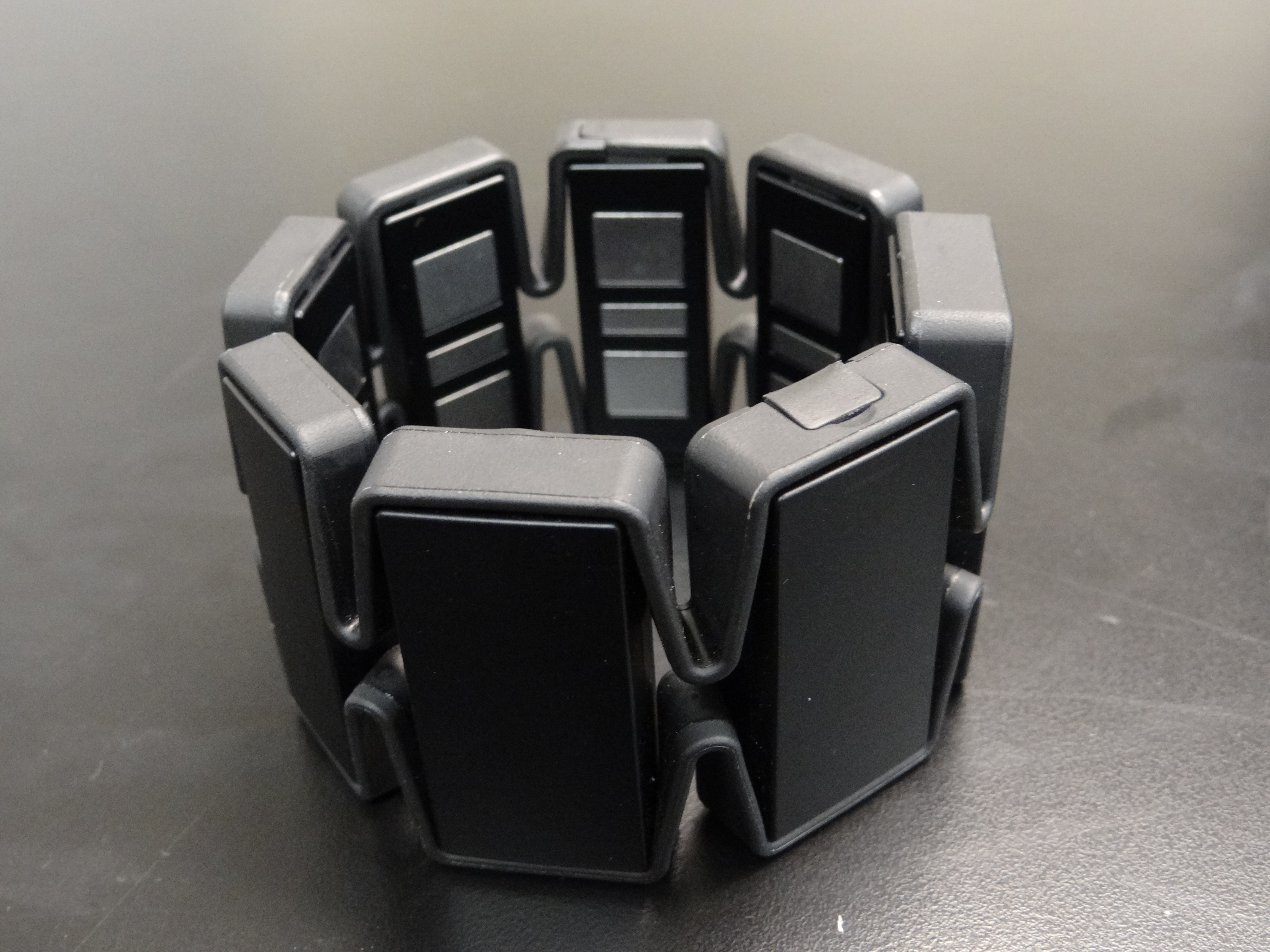
Myo Armband
An example of wearable technology, the Myo Armband straps to the user’s forearm and allows control over a wide range of computerized devices. Users can simply point and gesture with their hands to control videos playing through Netflix or Youtube and music playing in iTunes or Spotify, remote control vehicles, or objects in virtual worlds. The armband enables researchers to develop more natural interactions between humans and computing devices.
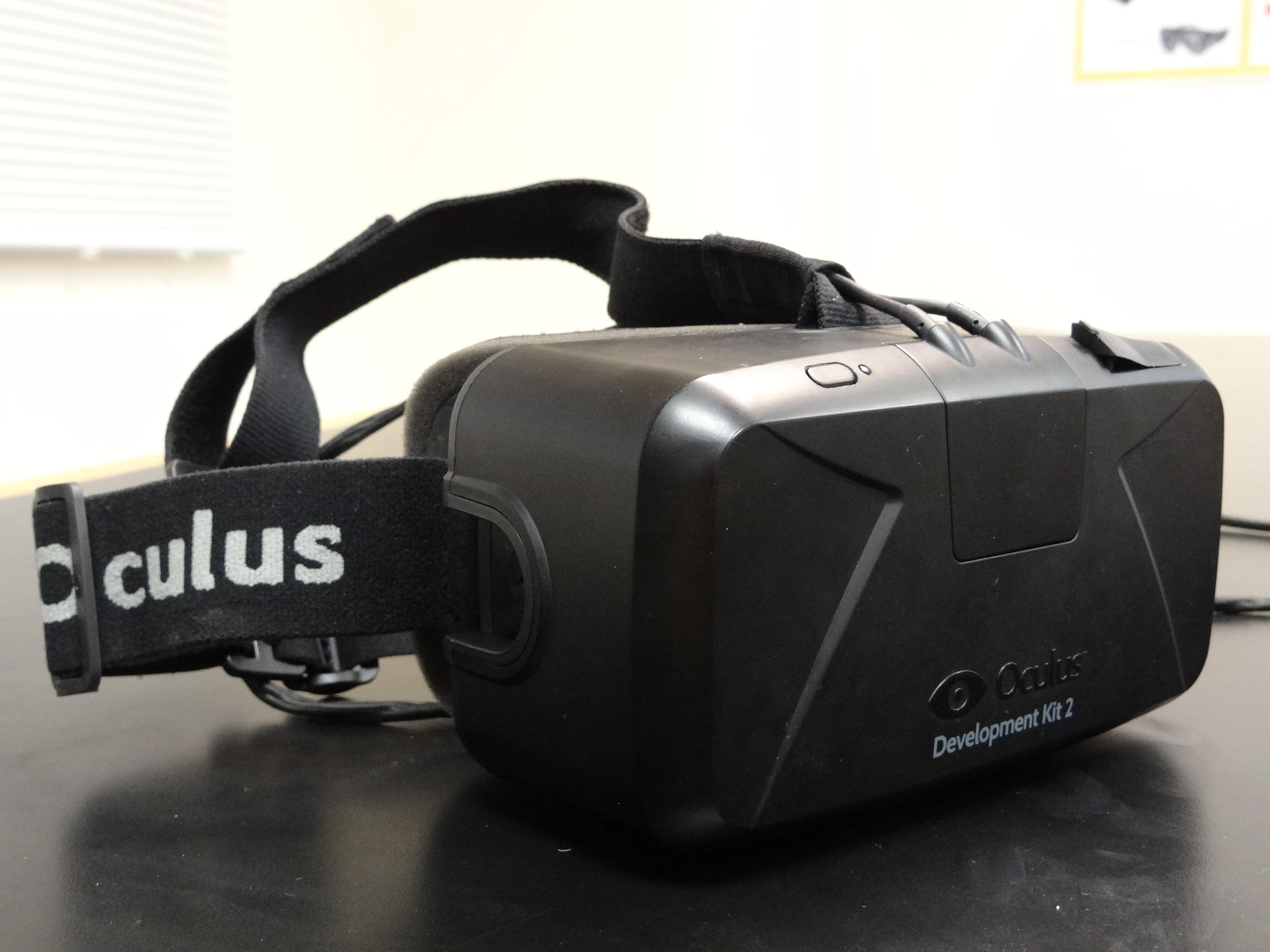
Oculus Rift
Launched in April of 2016 for more wide consumer use, the Oculus Rift virtual reality headset is one of the most anticipated consumer electronic products in years. The LITE lab had early access to the Oculus Rift and has been using it for several years to explore how humans behave in virtual environments.
The Oculus Rift includes a headset that fits over the user’s eyes, interfaces that work with PCs and an XBox, and several virtual environments including video games.
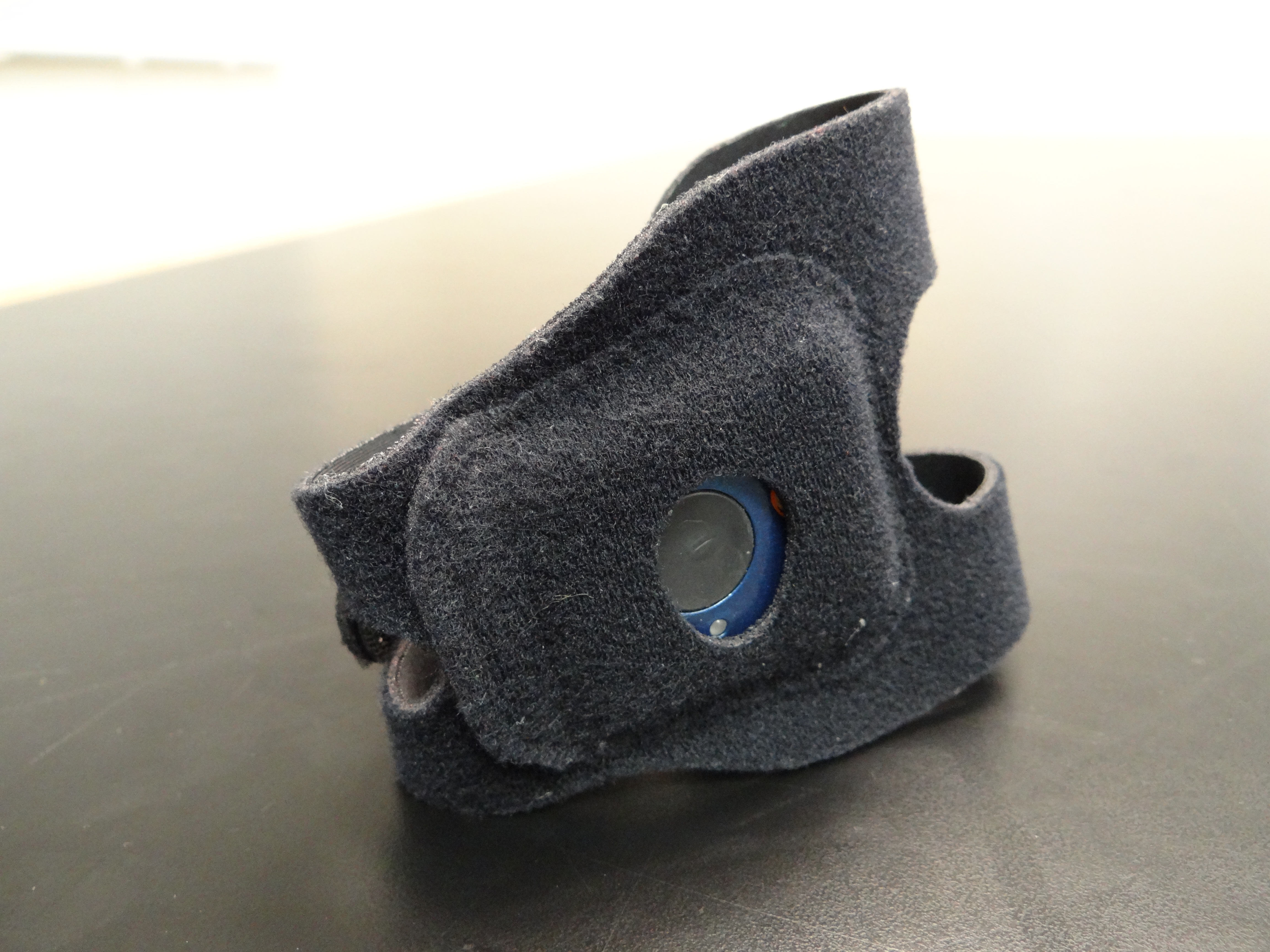
Q Sensor
The Q Sensor is a bracelet that detects changes in the human sympathetic system, which can be used to establish the user’s emotional state. Less obtrusive than EEG headsets, the Q Sensor is a wearable technology that provides researchers with a convenient method for monitoring user’s reactions to software, websites, and a wide range of experiences.
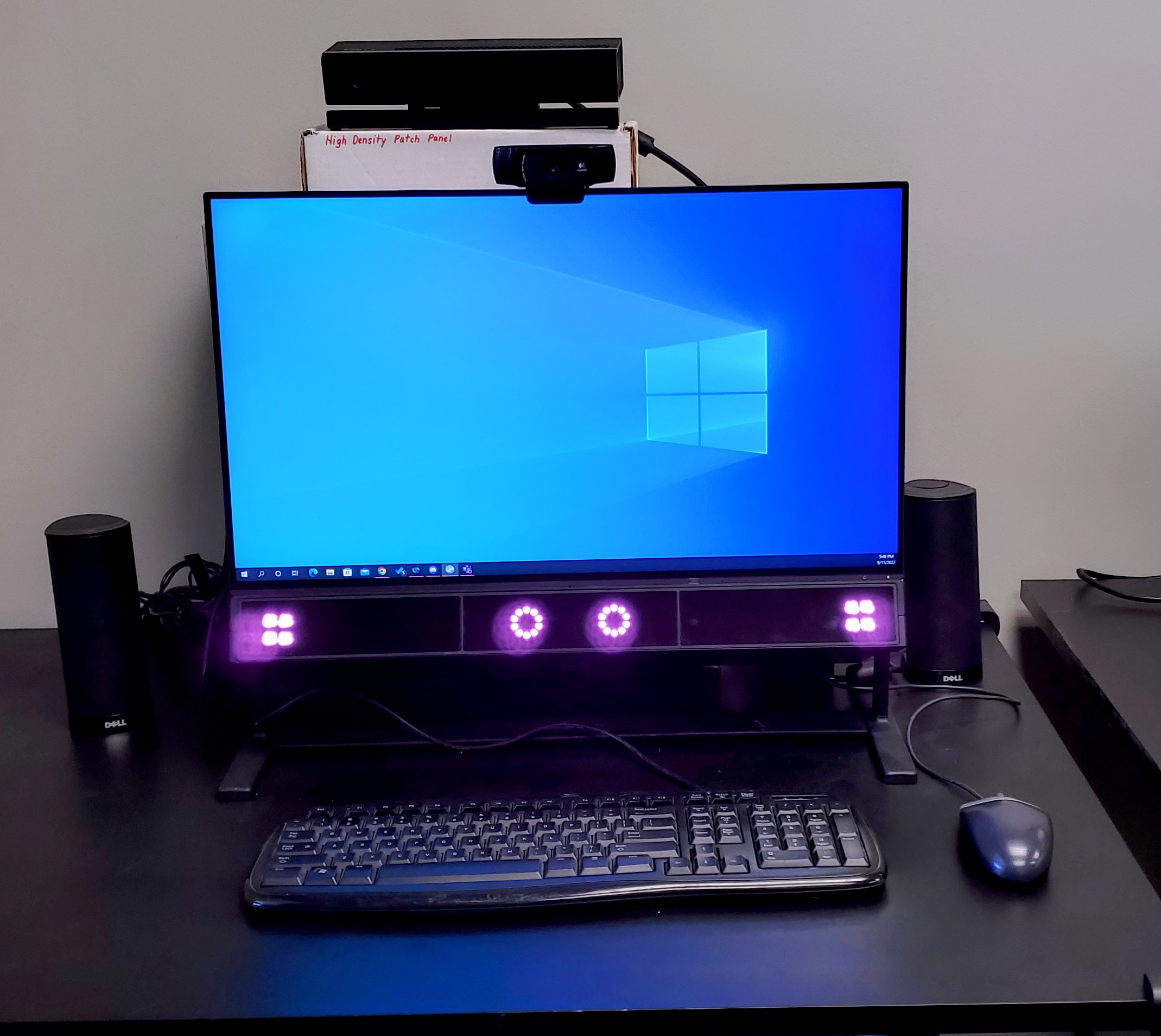
Tobii Eye Trackers
Eye trackers capture the movement of a user’s eyes as they interact with websites and software. Researchers use these insights to refine our understanding of how humans interact with computer-based systems. Designers can use this information to create more effective and appealing websites.
The lab’s Tobii eye tracking equipment consists of cameras and software that can be used on both desktop and mobile devices.
